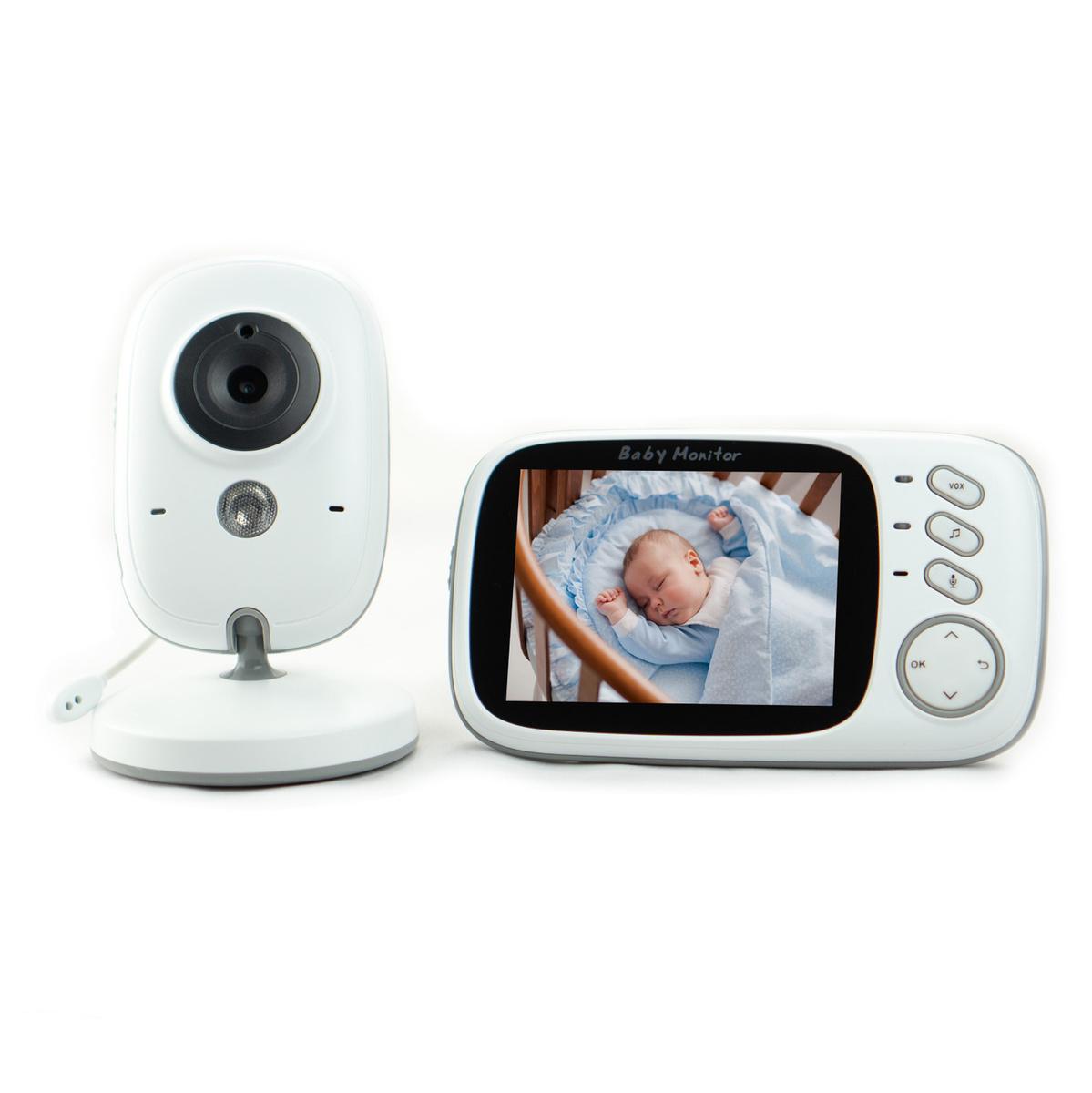Baby Monitor Market Potential Accelerates Due to AI-Powered Features and Remote Monitoring Trends

The Baby Monitor Market is rapidly evolving, driven by advancements in technology, increasing awareness of child safety, and the growing trend of smart homes. As families around the globe prioritize child monitoring solutions, the market is experiencing a surge in demand for innovative, connected, and AI-powered baby monitoring devices. This article explores the vast potential of the baby monitor industry, examining key growth drivers, emerging trends, and untapped opportunities shaping its future.
1. Shifting Demographics and Lifestyle Trends Fuel Demand
The global rise in dual-income households, especially in urban centers, has led to heightened interest in baby monitoring solutions. Parents juggling professional responsibilities often rely on technology to ensure their child's safety when not physically present. This societal shift is particularly prominent in North America, Europe, and parts of Asia-Pacific, where working parents form a significant consumer base.
Further, the COVID-19 pandemic underscored the importance of remote monitoring, with increased time spent indoors accelerating the adoption of smart home devices — baby monitors being a crucial component. Millennial parents, in particular, are highly tech-savvy and prefer smart, app-based monitoring solutions over traditional audio monitors.
2. Technological Advancements Expand Market Horizons
Today’s baby monitors are far more sophisticated than their early predecessors. Modern features like HD video streaming, night vision, temperature and humidity sensors, movement detection, real-time alerts, and two-way audio have become standard expectations. The market has also seen an influx of Artificial Intelligence (AI)-enabled monitors capable of facial recognition, breathing analysis, and sleep pattern tracking.
Wi-Fi and Bluetooth-enabled monitors now offer remote access via smartphones, giving parents peace of mind even when away from home. Integration with smart assistants like Amazon Alexa and Google Assistant further boosts user convenience and positions baby monitors as part of a larger connected home ecosystem.
3. Rising Awareness of Infant Safety and Health Monitoring
Global awareness campaigns around Sudden Infant Death Syndrome (SIDS) and infant health have contributed to increased adoption of baby monitors. Parents are increasingly seeking devices that provide real-time data on their baby's movements, breathing, and sleep cycles.
Medical-grade baby monitors, which offer more advanced health tracking capabilities, are gaining popularity among parents of premature or medically fragile infants. These high-end solutions are opening doors for healthcare providers and pediatric tech companies to enter or expand in the consumer baby monitor space.
4. E-Commerce Boom and Direct-to-Consumer Strategies
The rise of e-commerce has made baby monitors more accessible than ever before. Online platforms like Amazon, Walmart, and brand-owned websites offer a wide variety of options, complete with user reviews, ratings, and detailed specs that help buyers make informed decisions. Direct-to-consumer brands are also leveraging digital marketing, influencer endorsements, and parent-focused content to penetrate new markets and gain consumer trust.
Additionally, subscription-based models are beginning to emerge. These models offer cloud storage, extended warranties, and advanced analytics as part of premium service packages, opening recurring revenue opportunities for manufacturers.
5. Untapped Potential in Emerging Economies
While North America and Europe currently dominate the baby monitor market, significant growth potential lies in emerging economies across Asia-Pacific, Latin America, and the Middle East. As disposable incomes rise and awareness of child safety increases, demand for affordable yet feature-rich baby monitors is expected to soar.
Countries like India, China, Brazil, and Indonesia are witnessing a steady increase in birth rates and smartphone penetration. This, combined with growing urbanization and nuclear family trends, sets the stage for massive market expansion.
Manufacturers that can offer cost-effective solutions with localization support (such as language preferences, regional warranties, and payment flexibility) are likely to gain a competitive edge in these regions.
6. Challenges and Considerations for Market Players
Despite its promising outlook, the baby monitor market does face some challenges:
-
Privacy Concerns: As baby monitors become more connected, concerns over data privacy and device hacking have emerged. Parents demand secure, encrypted devices with strong data protection protocols.
-
Regulatory Hurdles: Depending on the region, regulatory compliance — especially for health-monitoring features — can impact product approval and market entry.
-
Market Saturation in Developed Countries: In highly developed regions, the market is nearing maturity, leading to increased price competition and the need for product differentiation.
These challenges, however, also present opportunities for innovation. Brands that can address security concerns, comply with safety standards, and differentiate with unique value propositions are well-positioned for long-term success.
Conclusion: A Promising Future with Room for Innovation
The Baby Monitor Market holds substantial untapped potential, particularly as technology continues to enhance the capabilities of baby monitoring solutions. The convergence of AI, IoT, mobile integration, and parental lifestyle shifts is reshaping the landscape. Whether it's premium smart monitors for tech-savvy parents or budget-friendly models for emerging markets, there is room for growth across all segments.
- Art
- Causes
- Crafts
- Dance
- Drinks
- Film
- Fitness
- Food
- Games
- Gardening
- Health
- Home
- Literature
- Music
- Networking
- Other
- Party
- Religion
- Shopping
- Sports
- Theater
- Wellness


